I recently got some more: I found a strand of neat dogbone lapis for a very budget-friendly price. I always like to keep an eye out for unusual bead shapes, like nuggets, cubes, or dogbone. Here's my score (most of which already ended up in another bracelet):
It's a complicated amalgamated mass of things. Those of you following along at home may recall that many (though not all) of the stones that end up here are silicates. That means their interior structure is silicon dioxide. It looks like this:
In its most basic form, silicon dioxide is quartz. Variations in this structure give us citrine, amethyst, carnelian, and so forth.
Lapis consists of, first of all, a silicate known as lazurite, which is a feldspathoid silicate mineral. Say that three times fast!
If you are familiar with mineralogy or geology, you probably recognize feldspathoid up there. It refers to feldspars, minerals that crystallize from magma. A feldspathoid (or foid) is a mineral that resembles feldspars but doesn't have enough silicate to be considered one itself. Lazurite, specifically, is (Na,Ca) 8(AlSiO4)6(S,SO4,Cl)1-2.
While this is the main ingredient in lapis lazuli (responsible for 25 to 40 percent of its content), and chiefly responsible for the brilliant ultramarine color of lapis (by way of a sulfur anion), as I mentioned earlier, lapis lazuli is a bit of a conglomerate. It's often found with iron pyrite and calcite. Sodalite is often found in lapis as well, contributing to its azure coloring.
The name lapis lazuli has an interesting history. "Lapis" is the Latin word for "stone," the same root word from which we derive the word "lapidary." "Lazuli" comes to Latin by way of Persian, referring to "Lāzhward," the primary source for the stone in ancient times (now in modern-day Afghanistan). The Latin name for Lāzhward was lazulum; its genitive form becomes "lazuli." Thus, lapis lazuli literally translates as "stone of lazulum (Lāzhward)."
However, this name only dates back to Medieval Latin. Historically, lapis was referred to as sapphire, the name we now use for the blue variety of corundum—though simultaneously, the name of lapis lazuli's mining location began to be associated with the color and the stone itself. For thousands of years, Afghanistan was essentially the world's only source for lapis (one mine has been in operation for 6,000 years!). Lapis mined there was traded all around the known world. While it's most famously associated with the luxuries of ancient Egypt, bits of lapis jewelry and carvings have been uncovered as far west as Mauritania. The Epic of Gilgamesh also makes several references to lapis, and it is thought to be one of the gemstones on the hoshen, the priestly breastplate of the Israelite High Priest. Lapis lazuli was also used for dyes in tempera and oil paints until the discovery of a synthetic equivalent called French ultramarine.
Today, lapis is primarily used for ornamental and decorative purposes. Afghanistan is still the world's top supplier, though other sources have been found in neighboring Pakistan and as far off as the Andes (in Chile) and California, USA.
Because lapis has so many constituent ingredients, it's a rock, not a mineral. While it does contain some silicate, it's softer than most "purer" silicates (for example quartz); lapis is only about a 5 on the Mohs scale. Beware of stringing it alongside harder substances and treat any lapis jewelry you wear in high-traffic places (bracelets, rings, dangling pendants) with care.
When shopping for jewelry or beads, buyer beware: unscrupulous dealers have been known to pass off sodalite or even dyed howlite, chalcedony, or jasper as lapis. The easiest way to tell if you are getting true lapis lazuli is to check for the tell-tale gold flash of iron pyrite inclusions. Lapis from the Kokcha Valley in Afghanistan is typically the most brilliant shade of ultramarine; stones from other sources are often dyed to achieve this same blue. If you care to test lapis (or any stone) for dye, use a Q-tip and swab a small, inconspicuous part with nail polish remover. The nail polish remover will wash away any dye. There is reconstituted lapis on the market as well: lower-grade bits of lapis rubble ground up, glued together, and cut again. As far as I know, there's no good way to determine reconstituted lapis from regular lapis. In an ideal world it would be as simple as price, but I'm not naive enough to believe that reconstituted lapis lazuli has never been passed off as the "real" thing.
Personally, I have no issue with dyes or altering stones in any way. We've been doing that since at least the Greeks. Nor do I take issue with reconstituted stones, as in some cases it leads to a more attractive and more durable piece. But I have major issues with a supplier dying some Chilean lapis with ferrocyanide and then passing it off as Afghani. Forewarned is forearmed!
To learn more:
- The All About Gemstones guide to lapis lazuli.
- The Mindat entry on lapis lazuli.
- Tips on tumbling lapis lazuli.
Or browse some gorgeous lapis and lapis-inspired items:
'Lovely Lapis' by Kokoba
Sponsored by send bulk email from excel.




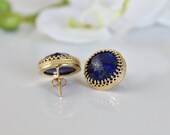
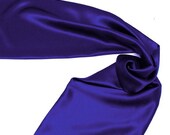
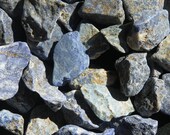

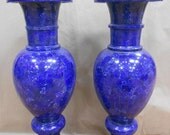

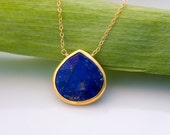
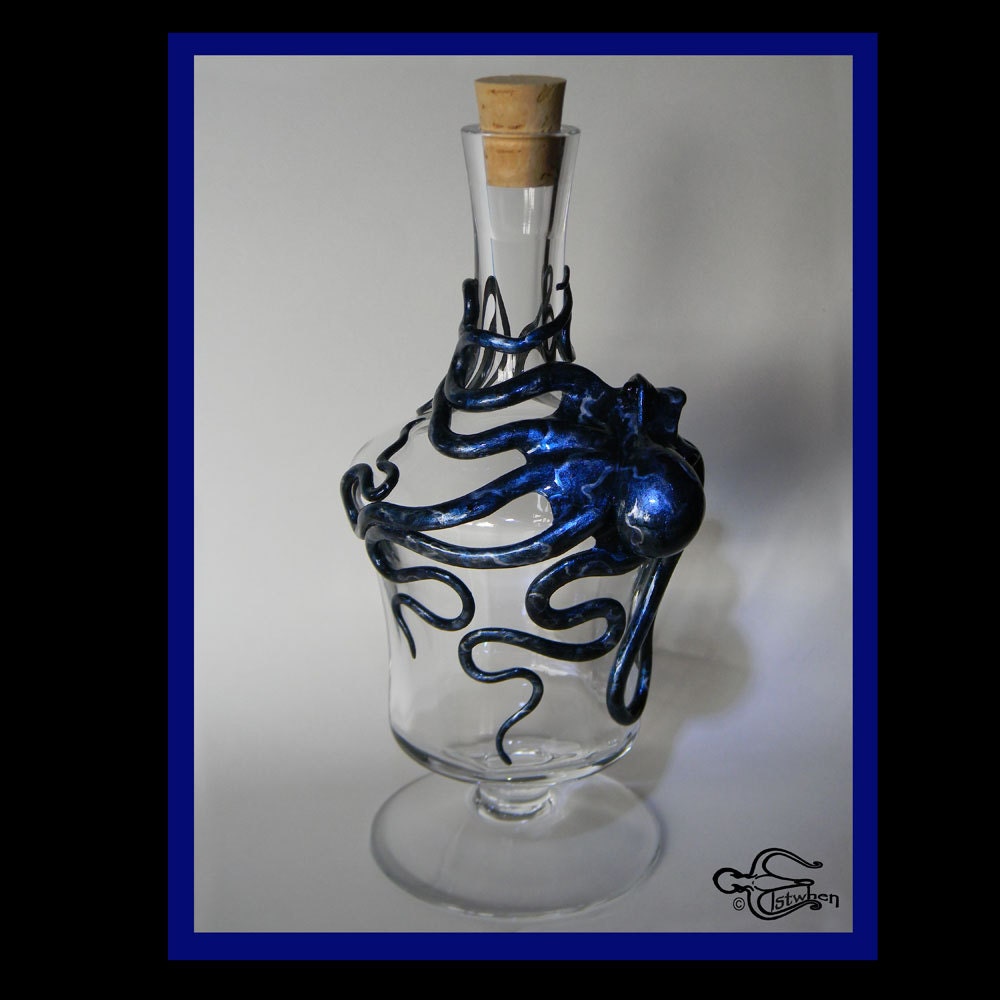
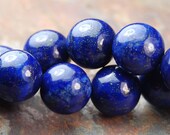
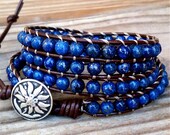

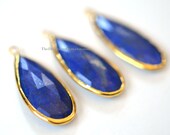
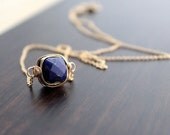

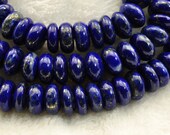
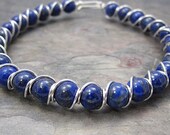
No comments:
Post a Comment